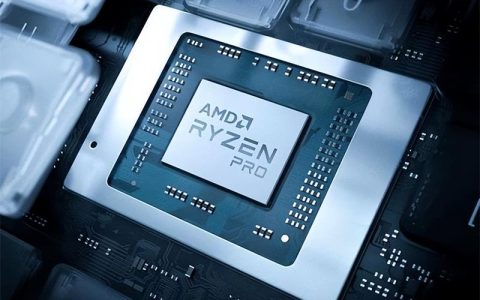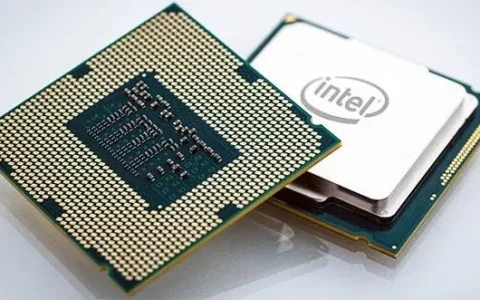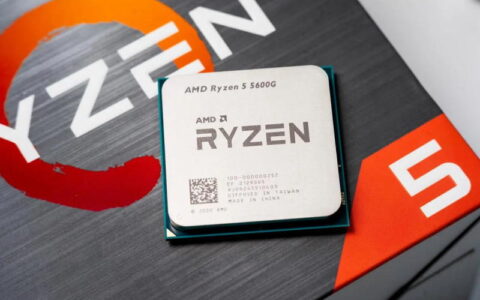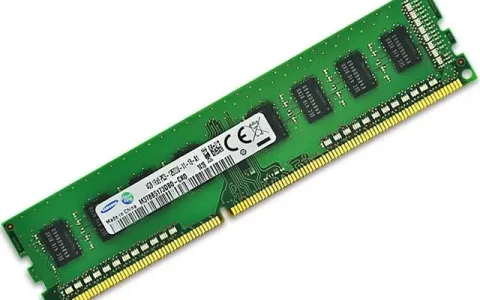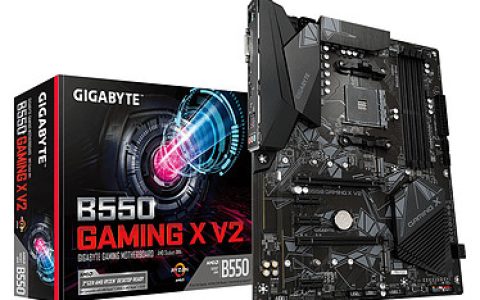If the graphics card cannot be removed, you should first check whether the screws connecting it to the chassis are loosened because the graphics card is not simply plugged into the motherboard; it is also secured to the chassis with screws to prevent shaking. After loosening the screws, open the latch at the tail of the slot, gently shake the from left to right, and then pull it upwards with both hands.

What to do if the graphics card cannot be removed
- Prepare a screwdriver, a soft cloth, a brush, or an air blower. After opening the chassis, use a screwdriver to loosen the screws at the connection point between the graphics card and the chassis. It is essential to loosen the screws first before attempting to remove them.
- After loosening the screws, pay attention to the latch at the tail of the graphics card slot. Pressing it should open the latch. Once the latch is open, the should pop up slightly, making it easier to pull out.
- If it doesn’t pop up, hold the graphics cards at both ends, gently shake it from side to side in the slot, allowing it to loosen, and then try pulling it out. If it still doesn’t come out, use a brush to clean any dust on the slot.
- Finally, pull out the graphics cards. During the process, apply force evenly and gradually rather than using excessive force at once. If you are unable to remove it, it is advisable to consult a computer store for assistance. Graphics cards are rarely difficult to remove unless the computer has been unused for an extended period.

Will removing the GPU void the warranty?
Simply removing the graphics card from the chassis does not affect its warranty. You can still enjoy warranty services according to the terms and conditions. However, if you disassemble the fan or capacitors on the graphics card, the warranty may be voided. Generally, graphics cards come with a three-year warranty. If the malfunctions, it is recommended to contact customer support rather than attempting to disassemble components yourself.
Regularly cleaning the inside of the chassis is advisable to prevent the accumulation of dust on the graphics card and memory slots, which can make it difficult to remove over time and affect the cooling efficiency of the fan. Additionally, precautions should be taken to prevent water ingress or humidity in the chassis to avoid rust and corrosion.


